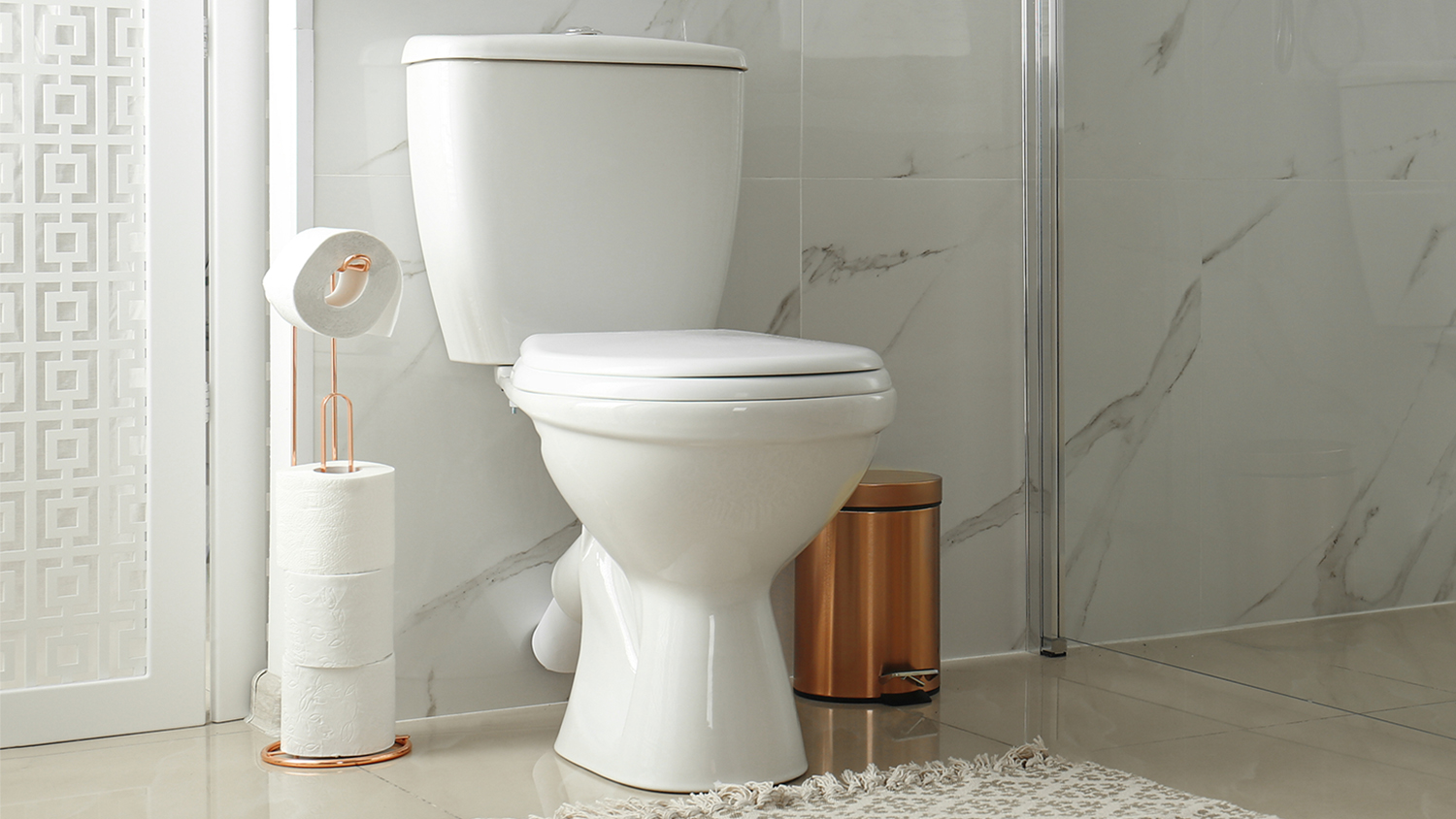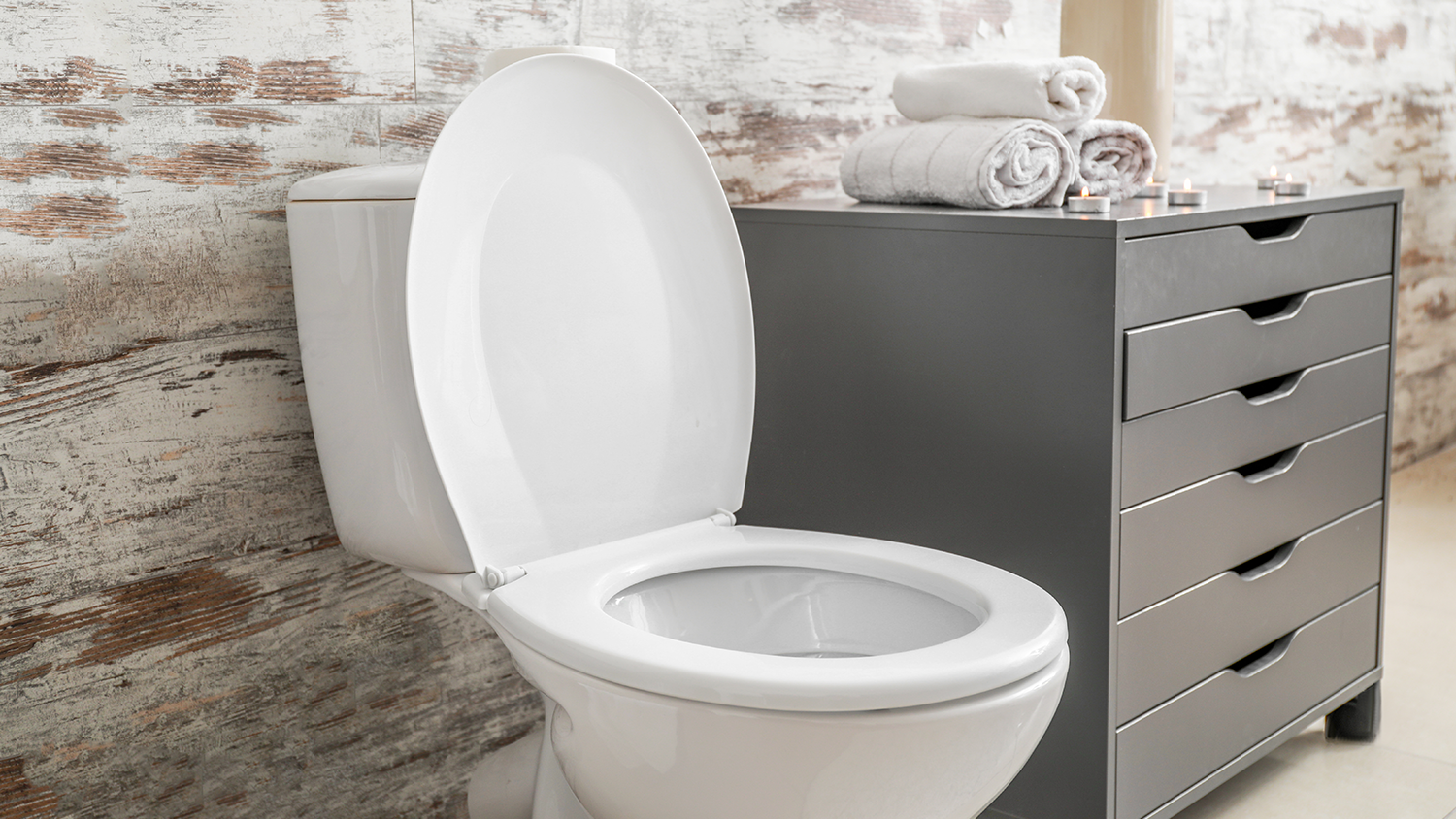
Need to know what sewer line replacement costs in St. Louis, MO? This guide will help you prepare to budget for sewer line replacement done by local contractors.
Installing a septic tank and drain field costs an average of $6,000, but you could pay between $5,000 and $12,000 depending on the size and type of the septic system. Get in touch with a septic pro for an accurate estimate.


The most significant cost factors to consider are the size and type of drain field you need, which depend on the septic tank type you have and local regulations.
Aerobic drain fields are 40% more expensive than anaerobic ones but are more efficient and may be required on smaller properties.
Make sure to budget for permits and percolation tests—these add thousands to your costs, but they’re necessary to avoid environmental issues.
If you change the layout or size of your drain field, you might need to pay design and engineering fees.
The cost to replace a septic tank and drain field depends on the size of the field and type of septic system, but on average, prices range between $5,000 and $12,000. If you’re due for a new septic tank or drain field, here’s what you can expect to pay.
Larger drain fields cost more to replace than smaller ones. That's because large areas require more time and labor to cover. Large areas also require large septic tanks, which are heavier and more difficult to install and maneuver than small tanks, further driving up costs.
Different septic systems require different drain field types to function. The type of drain field you have can affect costs.
| Type | Average Cost |
|---|---|
| Anaerobic drain field | $5,000 |
| Aerobic drain field | $7,000 |
| Evapotranspiration drain field | $8,000 |
| Mound drain field | $12,000 |
So, how do these systems differ?
Anaerobic drain fields are the most basic type that uses anaerobic bacteria to break down waste. The waste then continues down the field, where the bacteria is eventually removed.
Aerobic drain fields require a lot less land than anaerobic ones, and they use an aerator and electrical circuit to continuously supply oxygen to the aerobic bacteria inside.
Evapotranspiration drain fields allow the water to evaporate through an open-air tank rather than running into a water table.
Mound drain fields are not buried in soil but underneath a mound of sand.

It may not be the most glamorous topic, but it’s an essential one. Learn septic tank and drain field replacement prices below so you can budget for potential costs. Contact a local septic tank installation company for a more accurate quote based on your specific needs.
If your septic system and drain field are in a tough-to-reach location, you can expect to pay more to replace it. Locations that aren't easy to access will require more time, labor, and potentially equipment, to get the job done, which increases costs.
Perc testing is required before replacing a leach field. These tests check the drain field’s ground for its ability to absorb water and filter it. If you’ve been using your drain field for several decades, there’s a chance that your current field may no longer be suitable, and you might need to move it or upgrade your system. The average cost of perc testing is around $1,300.
Installing a septic system in a yard is one of the most labor-intensive projects out there. It requires a lot of digging and other labor to get done. Labor will make up 60% of the project’s total cost, bringing the average to around $3,600.
To ensure you don’t accidentally dig off your property or into the city's power lines or city pipes, you’ll need to file a permit ahead of time. Permits for replacing a drainage field will cost anywhere from $450 to $2,000, depending on your local government regulations.
If your septic tank fails but your drain field still works (or vice versa), you might only need a partial septic system replacement rather than a full one. On average, the price to install a new septic tank is between $3,000 and $10,000, while replacing a drain field costs around $7,000.
Similarly, if there’s only minor damage to your septic tank or drain field, you may be able to fix the specific issue instead of completely replacing your tank and drain field. As you might expect, the cost of repairing a septic tank or drain field is often just a fraction of what you’d pay for a full replacement.
For example, let’s say your septic system needs new baffles (the pipes that push wastewater into and out of the tank). Replacing these parts would cost between $300 and $900, but installing an entirely new tank would cost thousands. Or, if your drain field is clogged, it might only need a rejuvenation treatment, which is less expensive than a complete replacement.
In some cases, you might want to consult with an engineer to optimize your septic system, especially in the case of mound systems. Engineering consultant hourly rates range from $125 to $200 per hour.
New septic systems require at least two professional septic inspections during construction to ensure the system meets safety standards. Septic system inspections cost between $200 and $900, depending on your system and municipality.
Many septic systems and drain fields require some land excavation to install. Excavation costs range from $1 to $5 per square foot.
If there are some trees and/or roots in the way, you'll likely need to pay a pro to remove them before replacing your septic tank and drain field. Tree removal costs range from $200 to $2,000 depending on the tree's size, location, and type.
Often you'll need a new septic line to connect your new septic tank to your new drain field. New septic lines range from $100 to $240 per linear foot to install.
If you want to lay sod on top of your new drain field, you should factor sod installation costs into the total budget. Sod costs $0.35 to $0.85 per square foot for the materials alone. If you hire a pro to lay it for you, you can expect to pay $1 to $2 per square foot total for sod installation.
Septic aerators help to break down waste materials in a septic tank, which reduces the workload on your drain field. Septic aerators cost $200 to $600 alone. Paying a pro to install one will drive those costs up to $300 to $900.
Sometimes, replacing your septic tank and drain field can make your yard less level, in which case you might want to regrade it. Yard regrading costs between $1,000 and $3,300, on average.
You need a permit to abandon a defunct leach field. Leach field abandonment regulations vary by city, but permits cost between $100 and $250.
A motivated homeowner might be able to reduce the cost for this project down to $3,000 to $7,000 by cutting out labor. However, losing expertise and knowledge regarding engineering and permits could ultimately result in higher costs in terms of time, safety, and poor performance compared to hiring a septic tank company near you to get the job done.
With septic tank and drain field installation strongly not considered a DIY job by permitting bodies, consider hiring a pro for the following reasons:
DIY septic work puts you at risk for exposure to toxic gases and harmful bacteria
Overflows and leaks caused by an improperly done drain field can make your household sick by allowing sewage to surface
Improper septic work could cause legal ramifications from your neighbors, city, or an environmental agency
DIY septic work poses a high risk for system failure that can be both dangerous and costly
Local septic pros understand all local, state, and federal regulations tied to septic systems
Pros can provide cost-effective and well-organized all-in-one services for septic testing, planning, installation, and maintenance
Pros have the tools and expertise to handle all of the soil preparation, plumbing, and code requirements involved
A professionally installed septic system provides greater resale value

Installing a septic tank and drain field can get pricey, but you might be able to reduce your septic system replacement costs with these tips.
Taking proper care of your septic system will help extend its life span and make it less likely to need repairs or replacement. Here are some septic maintenance tips to keep your system running efficiently:
Pump the septic tank every three to five years.
Don’t flush anything that might clog the system, including paper towels, solid food, grease, and diapers.
Avoid using bleach and other strong chemicals when cleaning drains, sinks, and toilets.
Don’t park cars or add deep-rooted plants over your drain field.
Reduce your water usage.
Before you commit to a full septic system replacement, ask a pro if you have any other options. Depending on the state of your septic tank and drain field, you might only need a partial system replacement or a drain field rejuvenation. Partial replacement and rejuvenation would both cost less than installing an entirely new system.
Call a pro with any questions you have about your system, even if they're general questions. The more informed you are about your system, the better it will work and the better that pros can help you with it.
Before you can install a new septic tank or drain field, you’ll need to prepare your yard, which may include clearing trees and installing sod. If you’re hoping to save money, you could tackle some of this work yourself. However, make sure to check with your septic pro ahead of time. If you don’t prepare the site properly, it could cause septic system problems in the future.
The cost to replace a septic system may vary from company to company, so it’s a good idea to shop around and get estimates from multiple businesses. Aim to get at least three quotes so that you can compare them and make sure you’re getting the best deal.
Prepare information about your household size, home square footage, number of bathrooms, and current septic system's volume capacity to determine the right size for your new septic tank and drain field.
Based on current performance, inquire about costs for full versus partial septic replacement.
You should also inquire about any soil-testing requirements that may have been updated since your home's current system was originally installed.
If there's room left in your budget, consider adding upgrades like a smart monitoring system that alerts you to problems, a lidded access point, or an aerobic treatment unit (ATU) that uses oxygen to help good bacteria break down microbes.
Additionally, consider enhancing your septic tank's performance by asking a pro about upgrading to effluent filters that prevent clogs by separating particles before they can get into the drain field.
Home is the most important place on earth, which is why Angi has helped more than 150 million homeowners transform their houses into homes they adore. To help homeowners with their next project, Angi provides readers with the most accurate cost data and upholds strict editorial standards. We extensively research project costs to develop the pricing data you see, so you can make the best decisions for you and your home. We rely on reputable sources, including the U.S. Bureau of Labor Statistics, academic journals, market studies, and interviews with industry experts—all to ensure our prices reflect real-world projects.
Want to help us improve our cost data? Send us a recent project quote to [email protected]. Quotes and personal information will not be shared publicly.
From average costs to expert advice, get all the answers you need to get your job done.

Need to know what sewer line replacement costs in St. Louis, MO? This guide will help you prepare to budget for sewer line replacement done by local contractors.

Need to know what sewer line replacement costs in Detroit, MI? This guide will help you prepare to budget for sewer line replacement done by local contractors.

Need to know what sewer line replacement costs in Tampa, FL? This guide will help you prepare to budget for sewer line replacement done by local contractors.

Not all cesspool messes need a total clean-out. Learn how to clean a cesspool so you know whether you can tackle it yourself and when to call in a pro.

How long do septic tanks last? It’s a valid question for those who have one. The answer is it varies between 15 and 50 years, depending on several factors.

Need to know what sewer line replacement costs in Denver, CO? This guide will help you prepare to budget for sewer line replacement done by local contractors.